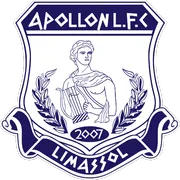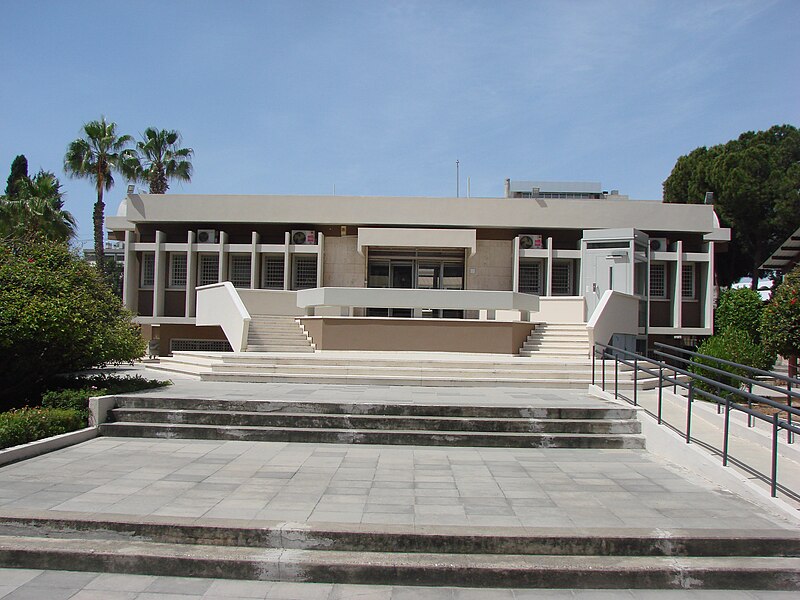Nestled in the heart of Limassol, Cyprus, the Municipal Folk Art Museum offers visitors a captivating journey through the island’s rich cultural heritage. As you step into this charming 19th-century building, you’re immediately transported to a world where traditional Cypriot crafts and customs come alive.
The museum, housed in a beautifully restored mansion, boasts an impressive collection of artifacts that span centuries of Cypriot history. From intricately woven textiles to hand-carved wooden furniture, each exhibit tells a story of the island’s diverse influences and the skilled artisans who shaped its cultural identity.
One of the first things that catches your eye as you enter the museum is the stunning display of traditional Cypriot costumes. These vibrant garments, adorned with intricate embroidery and colorful patterns, offer a glimpse into the island’s sartorial past. You can’t help but marvel at the craftsmanship that went into creating these elaborate outfits, worn during special occasions and festivals.
As you move through the exhibits, you’ll find yourself drawn to the impressive collection of ceramics. Cyprus has a long history of pottery-making, and the museum showcases a wide range of styles and techniques. From simple earthenware pots used in everyday life to ornate decorative pieces, these ceramics reflect the island’s artistic evolution over time.
The museum also pays homage to Cyprus’s agricultural heritage with a fascinating display of farming tools and equipment. These rustic implements, many of which are no longer in use today, provide insight into the traditional methods of cultivation and harvesting that sustained Cypriot communities for generations.
One of the most captivating sections of the museum is dedicated to the art of lace-making. Cyprus is renowned for its delicate lacework, particularly the famous Lefkara lace, named after the village where it originated. The intricate patterns and designs on display are a testament to the skill and patience of the island’s lace-makers, who have passed down their techniques through generations.
As you wander through the rooms, you’ll also encounter an impressive array of religious artifacts. Cyprus has a rich ecclesiastical history, and the museum’s collection of icons, crosses, and other sacred objects offers a glimpse into the island’s spiritual traditions. The ornate gold and silver pieces are particularly striking, showcasing the wealth and devotion of Cyprus’s religious communities.
One of the most charming aspects of the Limassol Municipal Folk Art Museum is its attention to the smaller details of everyday life in Cyprus. Display cases filled with traditional toys, musical instruments, and household items paint a vivid picture of what life was like for ordinary Cypriots in centuries past.
The museum’s commitment to preserving and showcasing Cypriot folk art extends beyond its permanent collection. Throughout the year, it hosts temporary exhibitions and cultural events that celebrate various aspects of the island’s heritage. These events often feature live demonstrations of traditional crafts, giving visitors the opportunity to see skilled artisans at work and even try their hand at age-old techniques.
As you conclude your visit to the Limassol Municipal Folk Art Museum, you can’t help but feel a deep appreciation for the rich tapestry of Cypriot culture. The museum serves as a vital link between the island’s past and present, ensuring that traditional crafts and customs are not forgotten in the face of modernization.
Whether you’re a history buff, an art enthusiast, or simply curious about Cypriot culture, the Limassol Municipal Folk Art Museum offers a fascinating and immersive experience. It’s a place where the island’s traditions are not just preserved but celebrated, inviting visitors to connect with Cyprus’s cultural roots in a meaningful and memorable way.
The Limassol Municipal Folk Art Museum serves as a vital repository of Cypriot cultural heritage, showcasing a diverse collection of traditional artifacts, costumes, and crafts from the region. Through its exhibits, the museum offers visitors a comprehensive insight into the rich folk traditions and daily life of past generations in Limassol and its surrounding areas. By preserving and displaying these historical items, the museum plays a crucial role in educating both locals and tourists about Cyprus’s cultural identity and artistic legacy. The institution’s commitment to safeguarding and promoting local folklore ensures that future generations can continue to appreciate and learn from the island’s unique cultural heritage.

